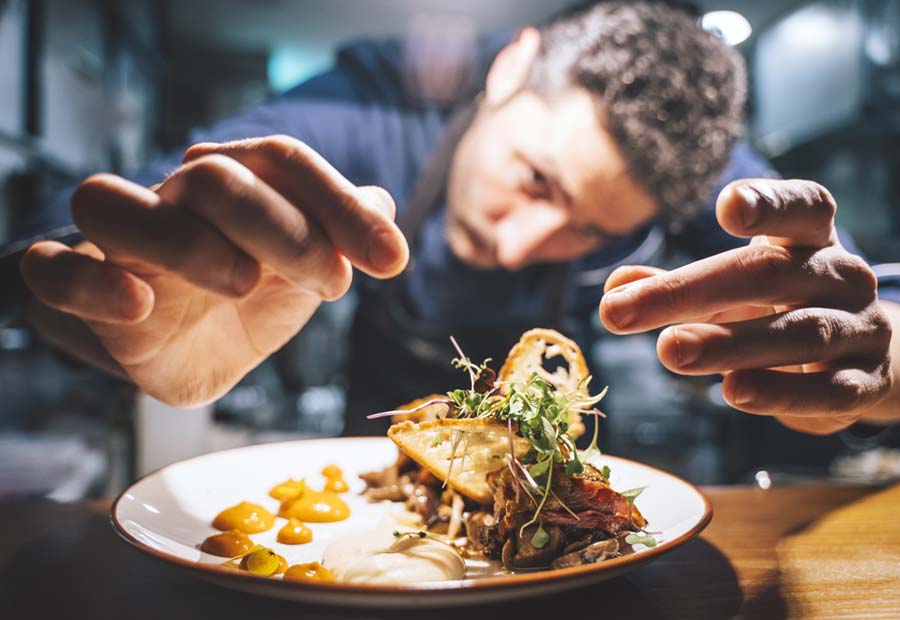Food pairing is the art of combining food and drink to enhance flavours and create a complete gastronomic experience. Often associated with wine, food pairing has evolved to include a wide variety of beverages, such as beer, coffee, and even tea. But what exactly is food pairing, and how can we master it? Keep reading to find out!
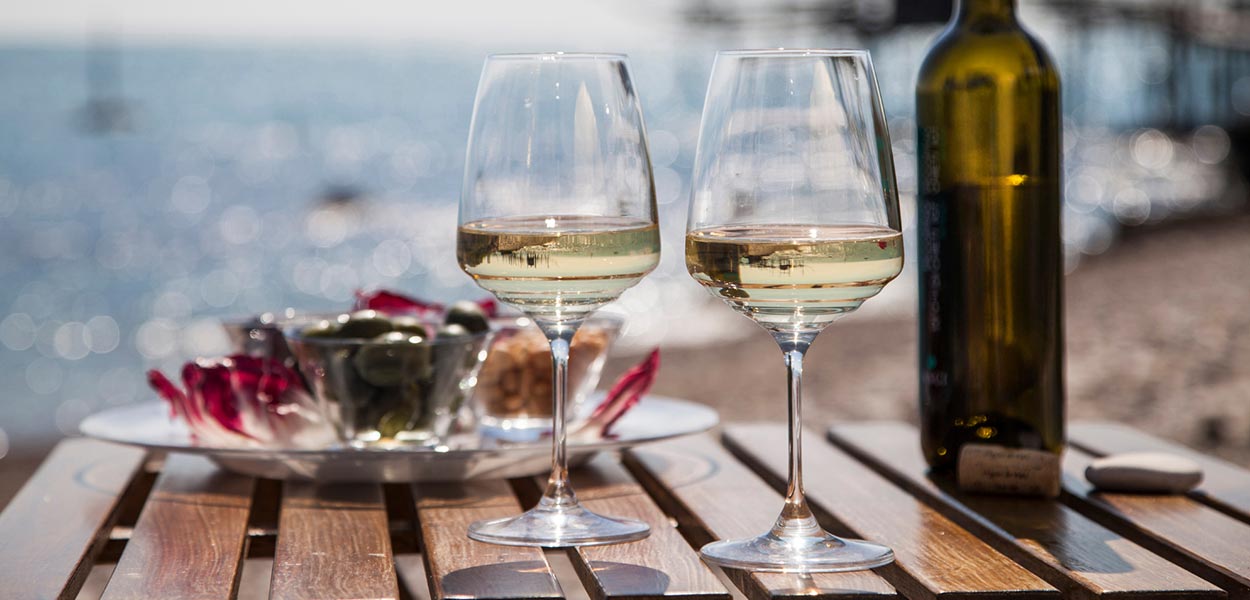
Índice
ToggleWhat does it mean to pair food?
Food pairing goes beyond simply matching food and drink. It’s about finding harmony between them, so their flavours complement or contrast each other, creating a unique sensory experience. This culinary art isn’t limited to just wines; in fact, almost any beverage can be paired with the right dish.
Although food pairing is an experience you can enjoy anywhere in the world, if you’re in Ibiza or planning a visit, we invite you to explore our Ibiza private chef service, where we carefully craft bespoke paired menus to create a truly unique culinary experience.
Red wine pairing
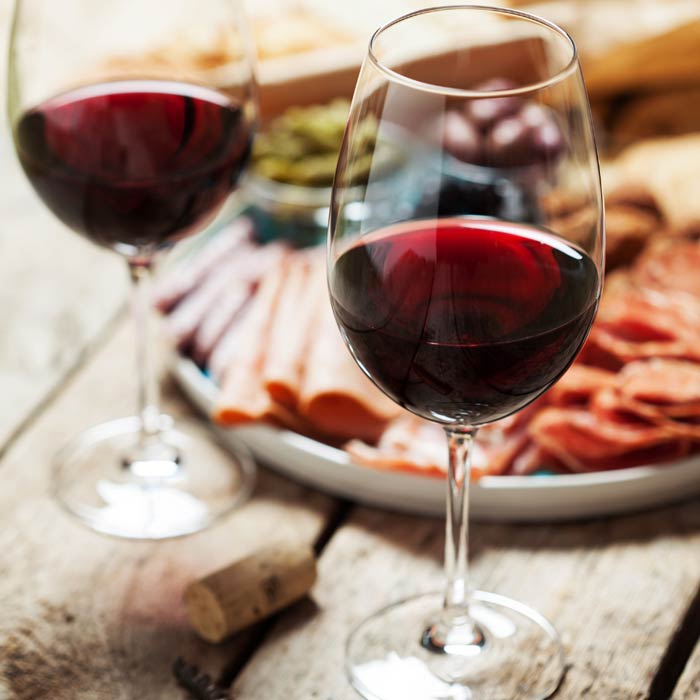

White wine pairing
Types of food pairing
Congruent pairing:
Contrasting pairing:
Cultural pairing:
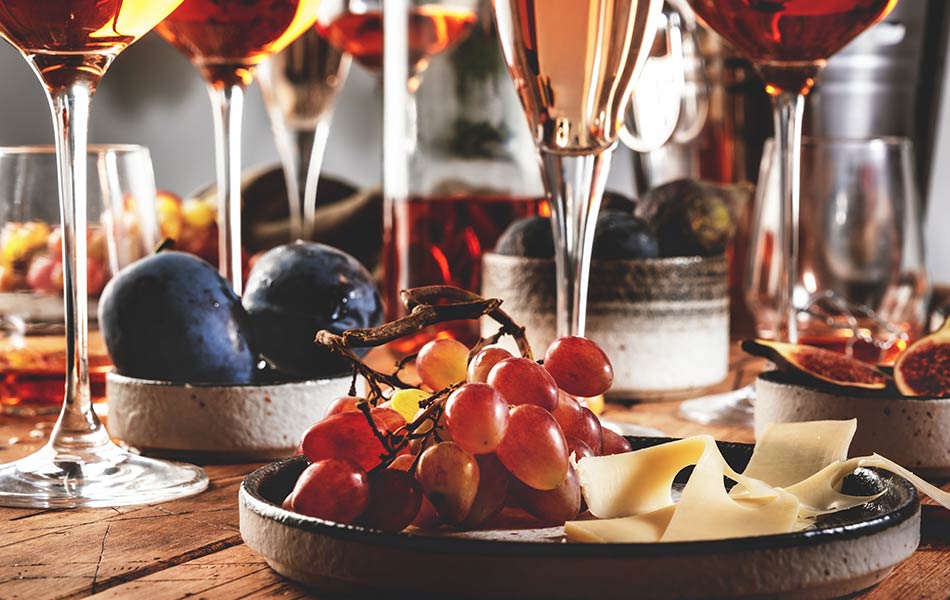
How to create a great pairing?
Crafting the perfect pairing takes practice and curiosity. Here are some basic tips:
- Balance: Neither the food nor the drink should overpower the other. They should complement each other.
- Acidity and sweetness: More acidic wines work well with creamy or salty dishes, while sweet wines are perfect for desserts or strong cheeses.
- Trial and error: Don’t be afraid to experiment with different combinations until you find the perfect match.
If you’re planning an event in Ibiza and want to impress your guests with the perfect combination of dishes and drinks, our catering service in Ibiza also offers carefully paired menus to ensure an exceptional culinary experience.
Pairing in modern gastronomy: Trends
Practical tips for a perfect pairing
Pairing doesn’t have to be complicated, and with a few simple tips, you can master any meal. Here are some key pointers to help you make combinations like a pro:
- For appetisers: If you’re starting a meal with a light appetiser, a fortified wine is an excellent choice. These wines have a slightly higher alcohol content, which enhances flavours without overpowering the dish. Their robust structure makes them the perfect companion for whetting the appetite.
- Hearty dishes: Stews, casseroles, or legume-based dishes find their best match in full-bodied red wines. Robust wines like a good Cabernet Sauvignon or Rioja bring out the intense flavours of these dishes and complement their heavy texture.
- Seafood and fish: For seafood such as prawns, lobster, or oysters, a light and dry white wine is the ideal companion. Its freshness and acidity balance the flavours of the sea, highlighting the ingredients without overwhelming the palate.
- Desserts: If your menu ends with something sweet, like a chocolate dessert or a pastry, a sweet wine is the perfect choice. Its sweetness pairs beautifully with the richness of these desserts, creating a delicious synergy that closes the meal on a high note.
- Cava: Cava is a versatile option that can accompany any course, from starters to desserts. Its bubbles and freshness make it ideal for cleansing the palate between bites, making it a safe choice when you’re unsure which wine to choose.
These simple food pairing rules will help you elevate any gastronomic experience with ease.
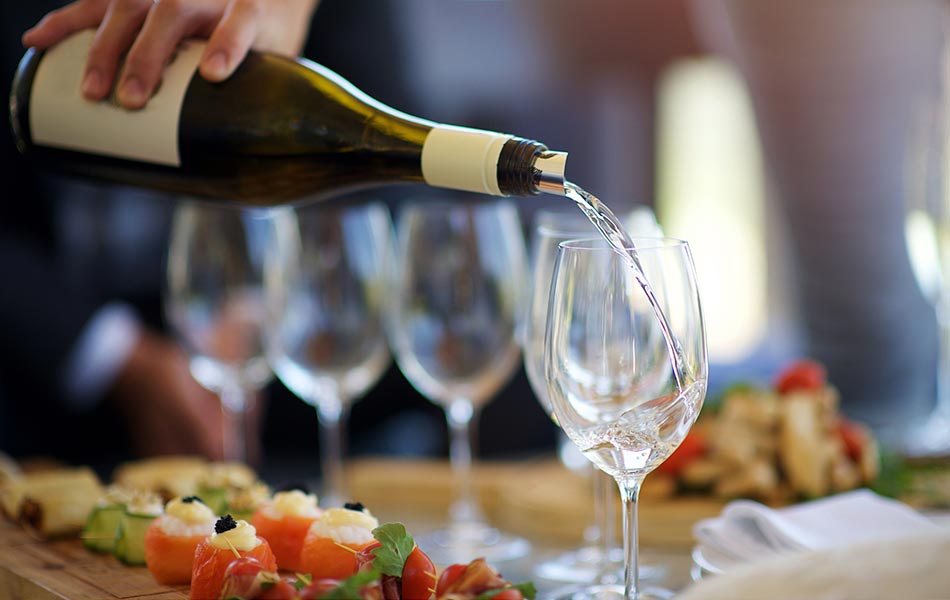
Is wine the only option?
Pairing with beer
Craft beers, with their wide variety of styles and flavours, offer nearly endless possibilities for pairing with food. Beer pairing is a growing trend in the culinary world, and these types of beverages are proving to be a surprisingly versatile alternative. For example, a light lager is ideal for pairing with fish, while a robust stout complements smoked meats beautifully.
Beer pairing is just as diverse and exciting as pairing with other beverages. The variety of beer styles allows for perfect combinations with many foods, and some standout pairings include:
- Acidic and bitter dishes: Beer is a great choice for balancing the acidity of ingredients like vinegar. That’s why it pairs perfectly with pickled dishes, fresh salads, and seafood. Additionally, tomato-based dishes and slightly bitter vegetables also find an excellent companion in beer, creating a refreshing balance.
- Sweet and savoury flavours: Oriental cuisine, with its soy-based sauces and touch of spice, finds an excellent partner in beer, which provides the perfect contrast. Similarly, classic burgers with ketchup and mustard pair better with beer than with any other drink, thanks to beer’s ability to balance strong flavours.
- Meats: When pairing beer with meat, it’s important to consider the type of seasoning and sauces used in the dish. The stronger the seasoning, such as in spicy or grilled dishes, the darker and fuller-bodied the beer should be.
- Fish: Surprisingly, fish like tuna, sardines, or salmon pair well with beer. Additionally, lighter beers also harmonise perfectly with marinated or smoked fish, offering a balance between the freshness of the fish and the complexity of the beer.
- Desserts: Particularly those involving chocolate, dark beer is the perfect partner. Its liquorice and nutty flavours contrast wonderfully with the intensity of chocolate, creating a deep and satisfying flavour experience.
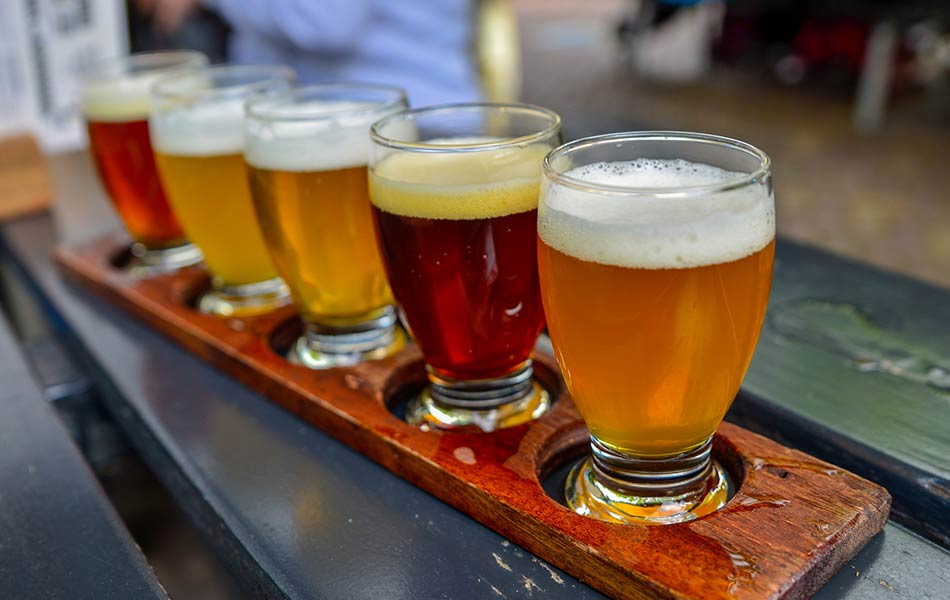
You may also be interested in...

